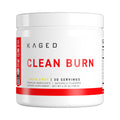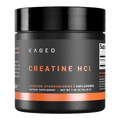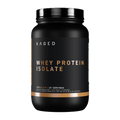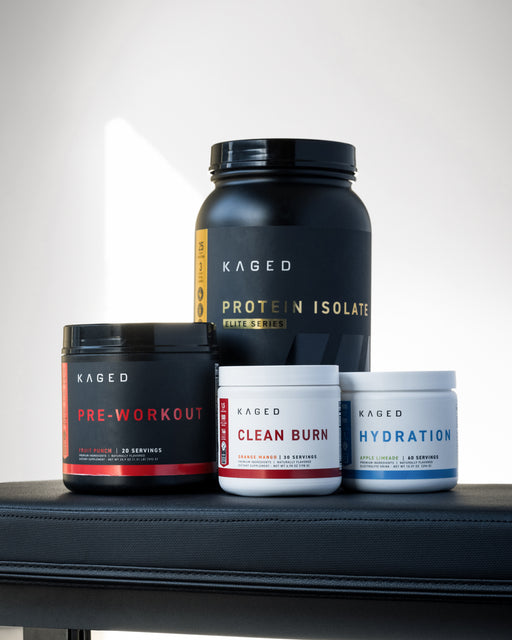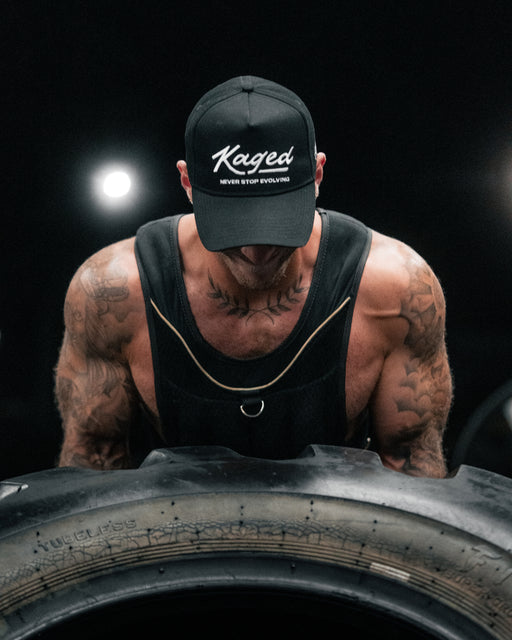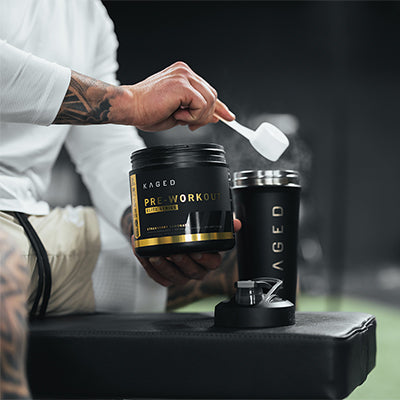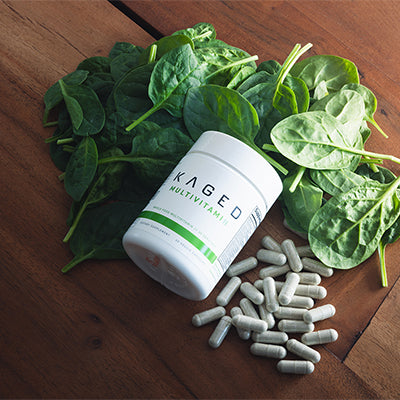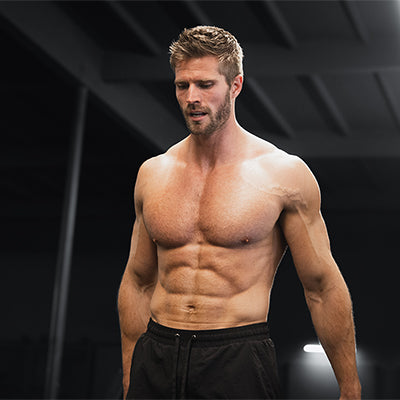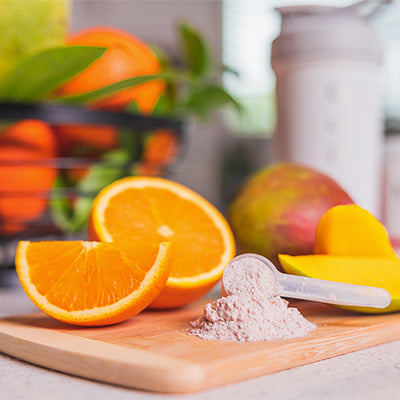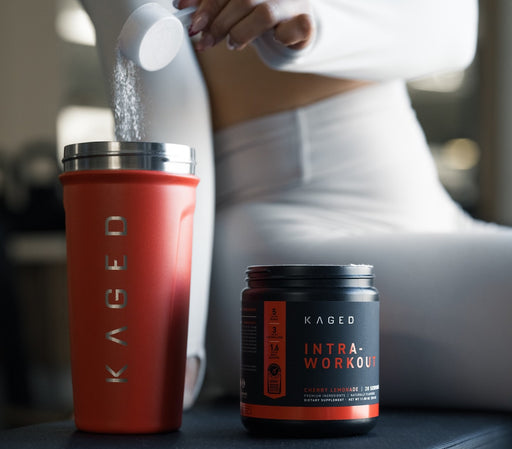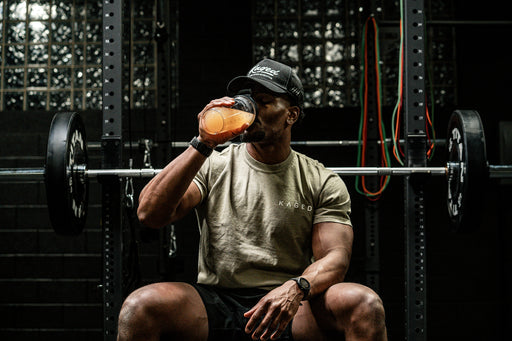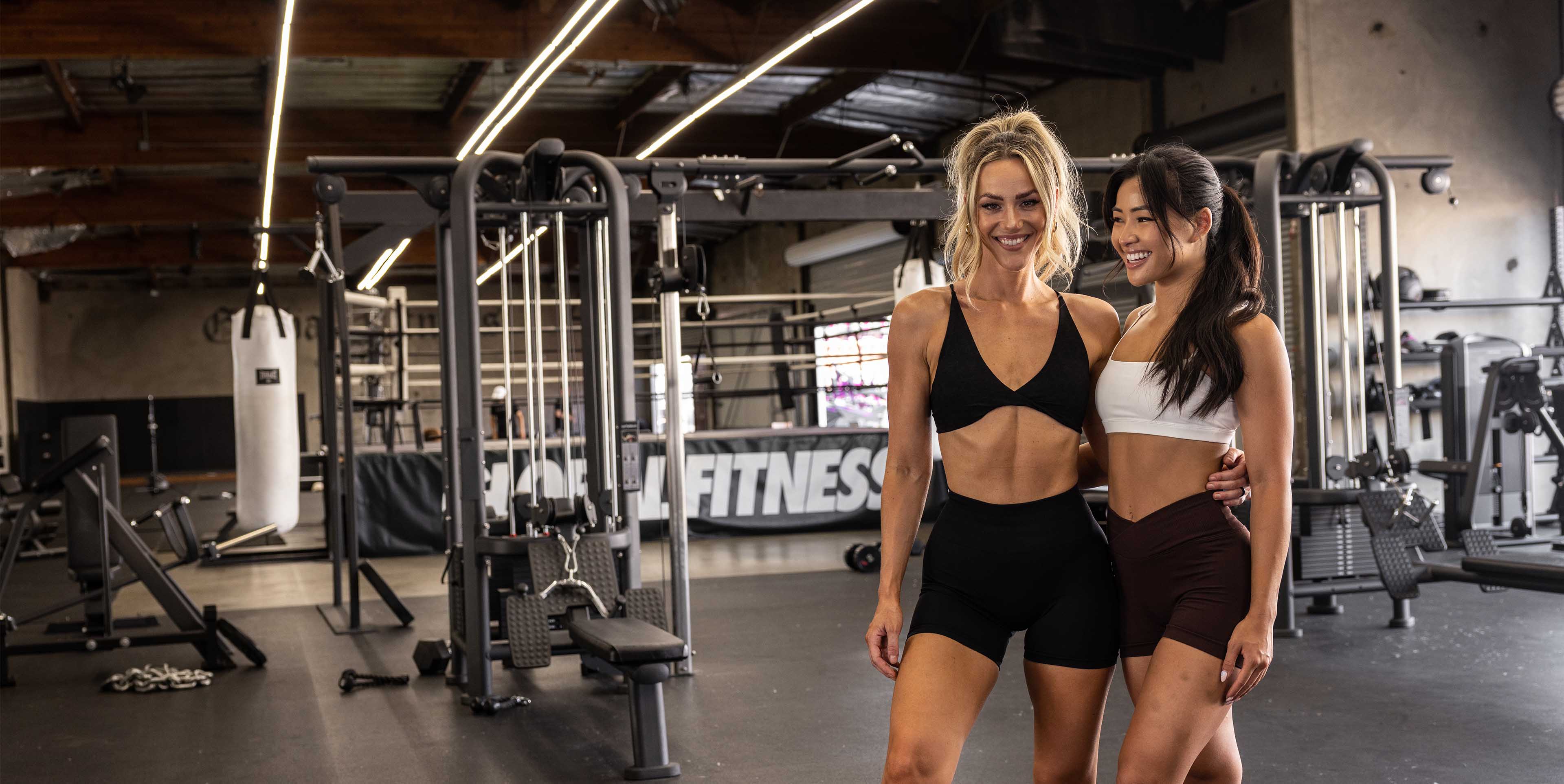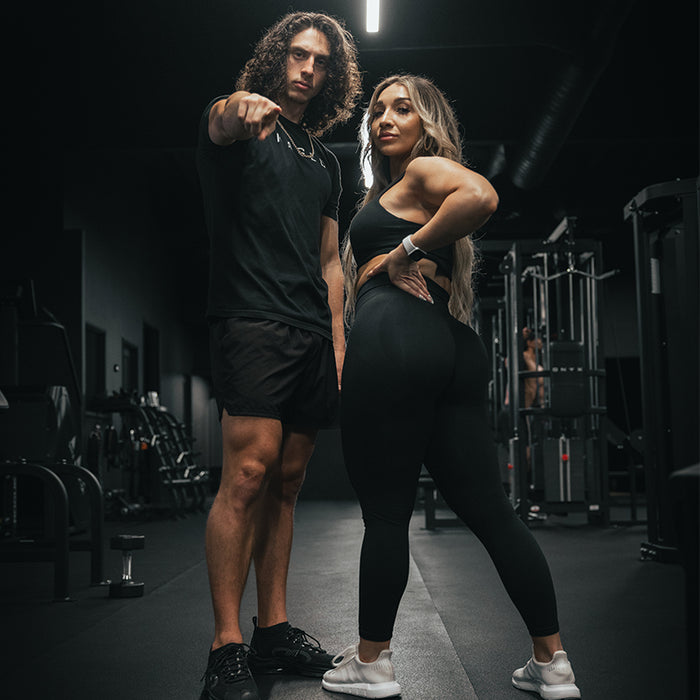If you're looking for a diet that transforms your physique, you should be asking yourself, you've come to the right place.
Your nutrition plays the biggest role in body transformation. Research shows that most of us rotate between just 10–20 foods in our weekly diets. By choosing the right staples, you can make lasting progress toward fat loss, muscle gain, and better overall health.
Below, you’ll find 10 of the best foods for a physique transformation diet, supported by nutrition science. Each food is nutrient-dense, high in either protein, healthy fats, or fiber, and has been studied for its role in satiety, body composition, or metabolic health.
Quick Look: Best Foods for a Body Transformation
| Food |
Why It Helps Transformation |
Key Nutrients |
| Steak |
High-quality protein, creatine, supports muscle growth and fat loss |
Protein, Iron, Zinc, B vitamins |
| Dark Berries |
Low-calorie, high-fiber, packed with antioxidants |
Vitamin C, K, Fiber, Manganese |
| Avocado |
Healthy fats for satiety and heart health |
Monounsaturated fats, Potassium, Folate |
| Eggs |
Complete protein, boosts satiety and muscle recovery |
Protein, Vitamin D, Choline |
| Nuts |
Protein + healthy fats, linked to better weight control |
Vitamin E, Magnesium, Fiber |
| Ezekiel Bread |
High-fiber, sprouted grains improve digestion and nutrient absorption |
Complex carbs, Fiber, B vitamins |
| Kale |
Low-calorie micronutrient powerhouse |
Vitamin K, Vitamin C, Potassium |
| Coconut Oil |
Source of MCTs for quick energy and fat metabolism |
Medium-chain triglycerides |
| Quinoa |
Protein-rich carb alternative, supports satiety and performance |
Protein, Fiber, Magnesium |
| Cinnamon |
Improves insulin sensitivity and metabolism |
Polyphenols, Antioxidants |
1. Steak
Steak is often called the “muscle-building meat” — and for good reason. A 6 oz (170 g) serving of lean beef contains about 42 grams of high-quality protein, along with creatine, which research shows can improve strength and performance during high-intensity exercise.
It’s also rich in:
-
Vitamin B12 – essential for red blood cell production and energy metabolism
-
Iron – supports oxygen delivery to muscles, helping reduce fatigue
-
Zinc – critical for testosterone production and recovery
-
Selenium – a key antioxidant mineral
Unprocessed, grass-fed steak may also provide small amounts of omega-3 fatty acids, along with healthy saturated fats. For a body transformation, steak is a nearly carb-free protein source, making it easy to fit into low-carb or high-protein meal plans for fat loss.
2. Dark Berries
Blueberries, blackberries, and raspberries are some of the most nutrient-dense fruits you can add to a transformation diet. A single cup of blueberries contains only 80 calories, but packs 5 grams of fiber, 24% of the Daily Value (DV) for vitamin C, and high levels of polyphenol antioxidants.
Why they’re effective for physique transformation:
-
Low calorie, high volume – about 85% water, which supports satiety while keeping calorie intake down
-
Rich in antioxidants – including anthocyanins, which help reduce inflammation and oxidative stress
-
Metabolic benefits – linked to improved cholesterol levels, blood pressure, and insulin sensitivity
3. Avocado
Avocados are technically a fruit, but they stand out for their healthy fat profile. One medium avocado provides around 15 grams of monounsaturated fat, along with 10 grams of fiber, making it one of the most satiating foods for a transformation diet.
Nutritional highlights:
-
Vitamins: K, C, E, B5, B6
-
Minerals: Potassium (more than a banana), Folate, Magnesium
-
Phytonutrients: Carotenoids and antioxidants with anti-inflammatory benefits
Why they help in body transformation:
-
Promote fullness and appetite control – one study found that avocado eaters reported 23% more satiety and 28% less desire to eat in the following 5 hours.
-
Support healthy fat metabolism – monounsaturated fats are linked to reduced cardiovascular risk and improved insulin sensitivity.
-
Provide slow-digesting energy to fuel training and recovery.
4. Eggs

Eggs remain one of the most effective transformation foods, thanks to their complete protein profile. A single large egg provides 6–7 grams of protein with all 9 essential amino acids, making them one of the most bioavailable protein sources for muscle recovery and fat loss.
Nutritional highlights:
-
Vitamins: A, D, B12, Riboflavin (B2), Folate
-
Minerals: Phosphorus, Selenium
-
Nutrients unique to eggs: Choline (supports brain and nervous system health)
Why they’re effective for a transformation diet:
-
High satiety food – studies show that eating eggs at breakfast can reduce total daily calorie intake.
-
Muscle growth and recovery – high-quality protein with a strong amino acid balance.
-
Not harmful to cholesterol – despite being high in dietary cholesterol, eggs generally improve healthy HDL cholesterol and don’t raise cardiovascular risk in most people.
For physique transformation, eggs are a versatile, low-cost, and carb-free protein source that fit easily into both fat-loss and muscle-gain diets.
5. Nuts
Nuts like almonds, walnuts, and cashews are calorie-dense but powerful allies in a transformation diet. A typical 1 oz (28 g) serving provides around 150–180 calories, 5–6 g protein, 12–16 g fat, and 3–4 g fiber. Interestingly, research shows that up to 25% of nut calories are not fully absorbed, due to their tough cell walls.
Nutritional highlights:
-
Healthy fats – monounsaturated and polyunsaturated fats
-
Minerals: Magnesium, Manganese, Copper
-
Vitamin E – a potent antioxidant
Why they help transformation:
-
Support weight management – one study found that participants eating nuts lost 62% more weight than a group eating complex carbs.
-
Reduce hunger – nuts increase satiety and help lower overall calorie intake throughout the day.
-
Heart and metabolic health – linked to lower cholesterol, improved insulin sensitivity, and reduced risk of metabolic disease.
Different nuts contain different nutrient profiles (e.g., walnuts are high in omega-3s, almonds in vitamin E), so rotating types is the best way to maximize benefits.
6. Ezekiel Bread
For those who want bread in their transformation diet, Ezekiel bread is one of the best choices. Unlike refined white bread, Ezekiel bread is made from sprouted whole grains and legumes, which improves nutrient availability and digestion.
Nutritional highlights (per slice, ~80 calories):
-
Carbohydrates: ~15 g with 3 g fiber
-
Protein: ~5 g (higher than most breads)
-
Micronutrients: B vitamins, magnesium, zinc
Why it helps transformation:
-
Better nutrient absorption – sprouting grains reduces antinutrients like phytic acid, making minerals more bioavailable.
-
Higher protein and fiber – helps control blood sugar and satiety compared to refined bread.
-
Cleaner carb source – free from added sugar and preservatives, with a lower glycemic impact.
For athletes or anyone pursuing body recomposition, Ezekiel bread can be a smart way to include carbohydrates without derailing progress.
7. Kale

Kale is one of the most nutrient-dense, low-calorie foods you can add to a transformation diet. Just 100 grams (about 3 cups raw) provides only 40 calories, yet contains over 200% of the DV for vitamin A and 700% of the DV for vitamin K.
Nutritional highlights:
-
Vitamins: K, A, C
-
Minerals: Potassium, Magnesium, Calcium
-
Phytonutrients: Sulforaphane and quercetin (linked to anti-cancer and anti-inflammatory effects)
Why it helps transformation:
-
Low calorie, high volume – helps bulk up meals without adding excess calories.
-
Rich in antioxidants – protects against oxidative stress that can impair recovery.
-
Supports bone and joint health – thanks to calcium, magnesium, and vitamin K.
Swapping low-nutrient salad greens for kale (or mixing it in smoothies, salads, or stir-fries) can significantly boost micronutrient intake during a transformation diet.
8. Coconut Oil
Coconut oil has gained popularity for its unique fat composition, especially its medium-chain triglycerides (MCTs). Unlike long-chain fats, MCTs are absorbed quickly and used as a rapid energy source, making them less likely to be stored as body fat.
Nutritional highlights (per tablespoon, 120 calories):
-
100% fat, with about 60% from MCTs
-
Contains lauric acid, linked to antimicrobial properties
Why it helps transformation:
-
Quick energy for workouts – MCTs are rapidly metabolized for fuel.
-
May enhance fat metabolism – some studies suggest MCT oil increases calorie burn and fat oxidation.
-
Satiety benefits – can reduce hunger and calorie intake.
While coconut oil should be used in moderation, its unique fat profile can make it a useful tool in a transformation diet, especially for those following low-carb or ketogenic approaches.
9. Quinoa

Quinoa is often called a “super grain,” but technically it’s a pseudo-grain (a seed). It provides more protein and fiber than most traditional carb sources like rice. One cup cooked quinoa contains 8 g protein, 5 g fiber, and all 9 essential amino acids — making it a rare plant-based complete protein.
Nutritional highlights (per cup cooked, ~220 calories):
-
Carbohydrates: 39 g
-
Protein: 8 g
-
Minerals: Magnesium, Iron, Phosphorus, Zinc
-
Vitamins: Folate, B vitamins
Why it helps transformation:
-
Higher protein than rice or pasta – supports muscle repair and satiety.
-
Low glycemic index – steadier energy and less blood sugar spikes.
-
Gluten-free and non-GMO – suitable for a wide range of diets.
For physique transformation, quinoa is one of the most nutrient-dense carb choices, offering fuel for training while helping preserve lean muscle.
10. Cinnamon
Cinnamon is known as a spice, but it’s a functional food with surprising benefits for metabolism and body composition.
Nutritional highlights (per teaspoon):
-
Antioxidants: Polyphenols (ranked higher than garlic in antioxidant capacity)
-
Bioactive compounds: Cinnamaldehyde, linked to improved insulin sensitivity
Why it helps transformation:
-
Improves blood sugar control – cinnamon can lower fasting blood glucose and improve insulin sensitivity, helping nutrients go to muscle instead of fat storage.
-
Anti-inflammatory effects – supports recovery and overall metabolic health.
-
Easy to add – works in coffee, oatmeal, protein shakes, or even savory dishes.
Summary
Hopefully you’ve picked up a few new items for the grocery list. As always, basing your diet on whole, single-ingredient foods will help maximize long-term health and physique enhancement. As you may have noticed, the foods topping the list ALL have major health benefits, providing many key minerals, vitamins, and antioxidants.
Next up: supplements. Once you've got your diet locked down, it's time to look at the best supplements for weight loss.

